Editor's Note: This standard specifies the safety requirements for emergency lighting fixtures using incandescent lamps, tubular fluorescent lamps and other gas discharge lamps. The emergency power supply voltage does not exceed 1000V. When reading this standard, refer to the relevant chapter of GB7000.1.
1 Scope
This standard specifies the safety requirements for emergency lighting fixtures using incandescent lamps, tubular fluorescent lamps and other gas discharge lamps. The emergency power supply voltage does not exceed 1000V. When reading this standard, refer to the relevant chapter of GB7000.1.
This standard does not include explosion-proof emergency lighting fixtures [see GB3836.183 (neqIEC79)], nor does it include the effect of non-emergency voltage reduction on lamps equipped with high-pressure gas discharge lamps.
Note: Some emergency lighting fixtures can operate at normal supply voltages during non-emergency periods.
2 general test requirements
Apply Chapter 0 of GB7000.11996 (idtIEC5981:1992), and carry out the tests described in the corresponding chapters of GB7000.1 in the order listed in this standard.
When testing an emergency luminaire in accordance with the requirements of this standard, the test is limited to those components of the luminaire used for emergency lighting. The parts of the luminaire that are only used for normal lighting shall comply with the requirements of the corresponding luminaire standards (for example, if the luminaire is embedded, it shall be tested in accordance with the requirements of the embedded luminaire standard).
If some parts of the self-contained emergency luminaire are close to the main components of the luminaire (within 1 m), the various methods of including all internal parts of the luminaire shall meet the relevant requirements of this standard.
3 definition
This standard uses the definitions of GB2313 (idtIEC920:1990), GB7000.1 and GB10682 (idtIEC81:1984), and also uses the definitions in IEC924 and IEC925, in addition to the following definitions:
1) Emergency lighting
Illumination used in normal lighting failures, including evacuation and backup lighting.
2) Evacuation lighting
A type of emergency lighting used to ensure that evacuated signs are effectively identified and safely used at all times during normal lighting or when emergency lighting is required.
3) Standby lighting
A type of emergency lighting that enables normal activities to continue or be safely terminated.
4) Continuous emergency lighting
A luminaire in which the emergency lighting source in the luminaire operates only during normal lighting or when emergency lighting is required.
5) Non-continuous emergency lighting
A luminaire in which the emergency lighting source in the luminaire only works when the normal lighting supply fails.
6) Combination emergency lighting
An emergency lighting fixture with two or more light sources, at least one of which is powered by an emergency lighting power source, and the other light source is powered by a normal lighting power source. Combined emergency lights are either continuous or non-continuous.
7) Self-contained emergency light fixture
A continuous or non-continuous emergency lighting fixture, all components, such as batteries, light sources, control components, and devices that may provide testing and inspection, are contained in or near the fixture (within 1 m).
8) Central power supply lamps
A continuous or non-continuous luminaire powered by a central emergency power system that is not included in the luminaire.
9) Composite self-contained emergency light fixture
A self-contained emergency lighting fixture provides emergency power for auxiliary lamps, in addition to providing continuous or non-continuous emergency lighting to provide emergency power.
10) Auxiliary lamps
A luminaire that derives continuous or non-continuous emergency power from a composite self-contained emergency luminaire.
11) Control unit controlunit
It includes a power conversion system, a battery charging device, and sometimes a component or components of a test device. For tubular fluorescent lamps, there can also be an inverter and ballast in this assembly.
1 2 3 4 5 6 Next Page

Galaxy S9 Snap3D Viewer is a Screen Protective Case for Android Samsung Galaxy Models to Watch 3D Without 3D Glasses ,3D Personal Viewer,
WATCH 3D WITHOUT 3D GLASSES: Galaxy S9 snap3D Viewer doubles as a 3D viewing screen that allows you to view 3D movies, Youtube Videos and Games.
NEVER LOSE YOUR 3D GLASSES: Welcome to the future. 3D Glasses are now a thing of the past thanks to the Snap 3D Viewer. Our proprietary technology tracks user`s viewing position and stabilizes the screen accordingly to enable real 3D viewing experiences without glasses.
WE`VE GOT YOU COVERED: Compatible with Galaxy S9 snap3D Viewer
SCREEN PROTECTOR: Acts as a fully functional Screen Protector offering protection from keys, scratches, falls, cracks, tools and more.
GUARANTEE: If you aren`t experiencing a true 3D experience, we will buy this product back from you - no questions asked. Lifetime Guarantee. Love it - or your money back. We are THAT confident in this product.


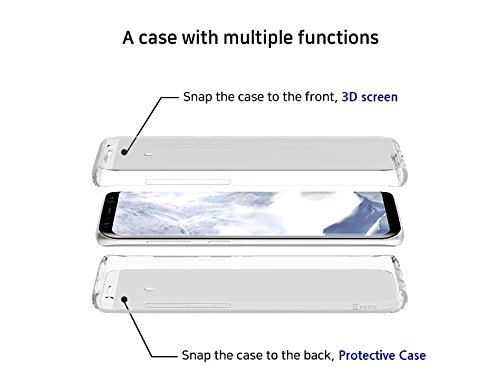
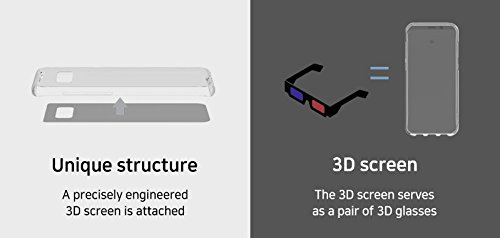
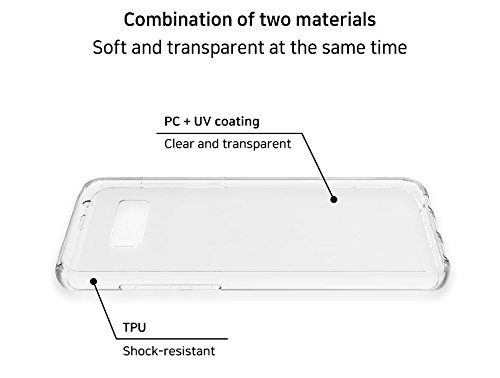
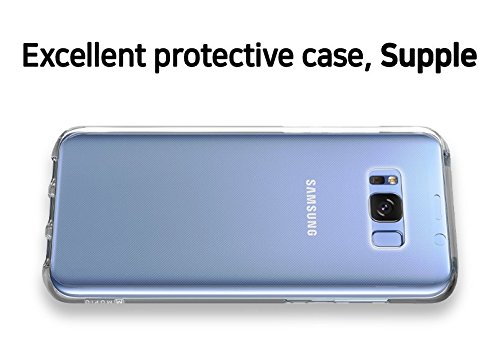
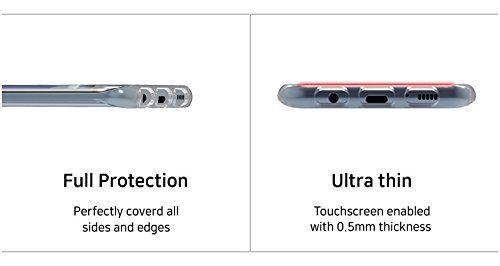
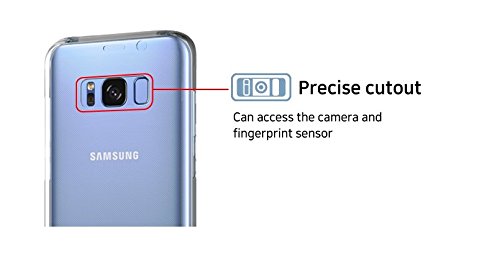
Galaxy S9 Snap3D
Galaxy S9 Snap3D,Snap3D For Galaxy S9,Galaxy S9 Snap 3D Viewer,Galaxy S9 Snap3D Case
iSID Korea Co., Ltd , http://www.isidsnap3d.com